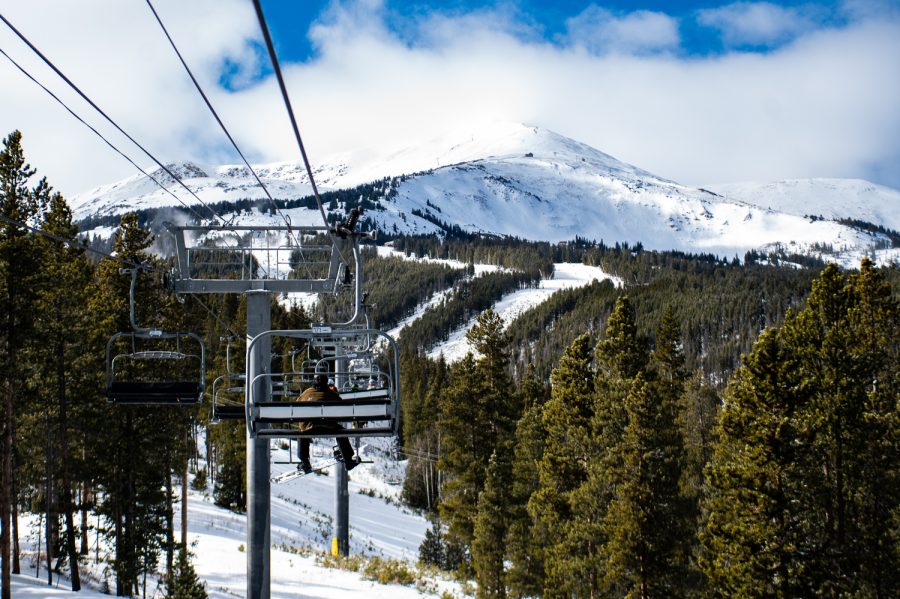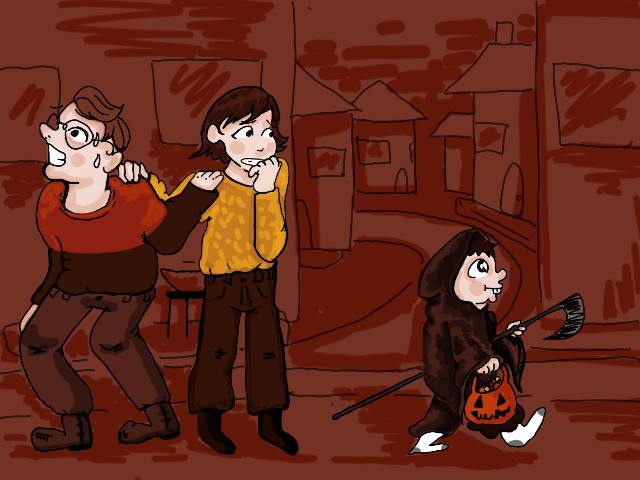As global temperatures rise and winters become shorter, the elusive powder day could become even rarer for skiers and snowboarders. This is troubling news for states like Colorado, where snow sports are a cornerstone of outdoor recreation.
With climate change threatening to alter the snow sports industry as a whole, the ski community is now grappling with how to move forward.
“As temperatures rise and climatic patterns shift, we are witnessing the very landscapes we cherish transform before our eyes.” –Graham Zimmerman, professional alpinist and Protect Our Winters athlete alliance director
Shorter ski seasons, complex patterns
Ski seasons across the U.S. are expected to get shorter over time because of climate change.
Climatologist Russ Schumacher, professor of atmospheric science at Colorado State University, said most climate models predict a shift to earlier snowmelt in the spring as temperatures rise.
All models contain some level of uncertainty because they have to simplify complex natural processes like atmospheric conditions into mathematical equations. This makes it more difficult to predict the effects of climate change in specific geographic areas like the Rocky Mountains.
“The more you drill down to the local level, the more uncertainty there is in the future projections,” Schumacher said. “That’s especially true in the complex terrain of Colorado because climate models don’t represent the details.”
One thing is certain: The ski areas with the highest elevations will stay colder for longer.
“When it comes to our mountains here (in Colorado), they’re much higher elevation than a lot of the other ski areas in the country,” Schumacher said. “It will take a lot of warming to get to the point where, above 10,000 feet, it’s too warm for snow in the winter.”
The same is not true for lower-elevation ski areas like those on the West Coast or the Northeast, Schumacher said. The impacts of climate change will be felt much sooner in these areas, and many have already taken a hit.
Even in Colorado, there has been a modest downward trend in snowpack in the winter, said Brian Domonkos, supervisor of the Colorado Snow Survey. However, he emphasized that there is a lot of variability in these trends.
“There are some sites that are showing increases (in snowpack) over that timeframe or over some portions of time, but the majority of sites are showing a slight decrease over the longer term,” Domonkos said.
Schumacher added that rising winter temperatures could potentially lead to more rain and heavier, wetter snow, particularly in the shoulder seasons: spring and fall. If so, it would be bad news for the coveted powder snow Colorado is known for.
Community-driven activism in the ski industry
The relationship between sustainability and outdoor recreation can be paradoxical at times. When people appreciate nature, they are more likely to value protecting the environment, but at the same time, outdoor recreation can be harmful to natural areas and wildlife.
“Our passion for the slopes and trails often clashes with our awareness of our own environmental impacts,” said Graham Zimmerman, professional alpinist and filmmaker. “It’s a dilemma many in our community wrestle with: the desire to appreciate nature’s beauty while acknowledging our role in its degradation.”
Zimmerman is the athlete alliance director at Protect Our Winters, a nonprofit organization that is spearheading climate activism in the outdoor recreation industry. The organization was founded in 2007 by professional snowboarder Jeremy Jones to shift the conversation around climate change in the outdoor community.
“It is crucial for outdoor sports enthusiasts to understand the threat of climate change because our love for landscapes and outdoor recreation is directly impacted by the changing climate,” Zimmerman said. “As temperatures rise and climatic patterns shift, we are witnessing the very landscapes we cherish transform before our eyes.”
Many ski resorts have already begun taking steps toward sustainability. Over 200 ski areas in the U.S. — including 23 Colorado ski areas — have joined the Sustainable Slopes program through the National Ski Areas Association. In this program, ski areas pledge to address climate change by making their operations more energy efficient and less harmful to the environment.
Some ski resorts, like Arapahoe Basin, have come up with detailed sustainability plans to reduce their carbon emissions. Many ski areas are now incentivizing skiers to carpool to the mountains.
Even with these changes, there is plenty of room for improvement. Still, Zimmerman said he believes imperfect activism is the best way forward. As imperfect humans, he said, it is better to pursue progress than perfection.
“By uniting as a community and embracing imperfect advocacy, we can drive meaningful progress toward a more sustainable and resilient future,” Zimmerman said.
Reach Lizzy Rylance at science@collegian.com or on Twitter @CSUCollegian.









